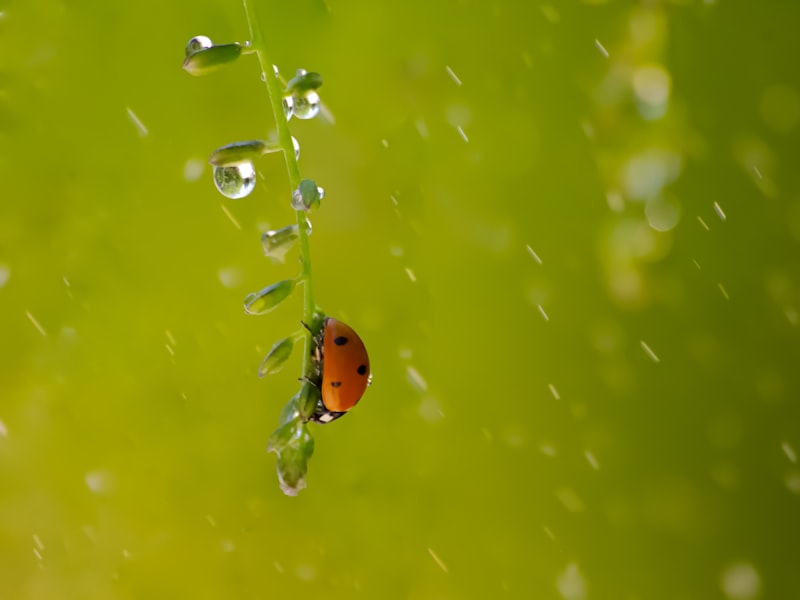The Twelve Tracks of 부산고구려노래

The holidays are loaded with joyous emotions as well as honored customs, consisting of the playing of tracks concerning snowmen, St. Nick, evergreen trees, as well as presents wrapped up with large pretty bows. Regardless of how you commemorate the period, you'll listen to these songs on the radio, on TV, at the shopping center, in the office, as well as just about anywhere songs is performed.
If you think the very same tracks are played over and also over, you're right, but if this bothers you, take into consideration the option: Christmas carols were prohibited in England between 1649 and also 1660. Oliver Cromwell, working as Lord Guard of Britain, thought Christmas ought to be solemn and additionally banned events, limiting celebrations to lectures and also prayer solutions.
Great deals of vacation tracks are festive, lots of have spiritual overtones, and all are played so usually that they are familiar no matter what your confidence. However what do you understand about just how these tracks were developed as well as the people who composed them?
There are some interesting truths behind this memorable music. So, toss a log in the fireplace, put yourself a hot toddy or some chilly eggnog, as well as relax as we reveal the keys behind much of the tunes you are mosting likely to be listening to lots of times during December.
마산노래방
" The Christmas Song," Mel Torme and also Bob Wells, 1944.
On a suffocating July day in Los Angeles, 19-year-old jazz singer Torme worked with 23-year-old Wells to produce this stunning tune. Loaded with freezing pictures as well as a captivating wistfulness for all the thrills of the season, the song came to be a substantial hit by Nat "King" Cole the list below year. In Torme's autobiography, he states Wells had not been trying to create lyrics but was simply jotting down suggestions that would help him ignore the warm front.
" The First Noel," Traditional, 16th or 17th century.
Some say this is a track with a British history while others urge it has French origins. Up until now, no person has any kind of clear-cut proof. 2 point are for sure: initially, it's preferred if two nations are asserting it; and also 2nd, counting the title, the word "Noel" shows up in the tune 30 times.
" Hark! The Herald Angels Sing," Felix Mendelssohn, Charles Wesley, and also William Cummings, 1739-1855.
Wesley's opening line was "Hark how all the welkin rings" and also he opposed when a colleague altered it. Wesley desired a slow as well as austere anthem for his track, but William Cummings established the verses to rousing songs by Felix Mendolssohn (from a cantata concerning movable kind creator Johann Gutenberg). For his part, Mendolssohn defined that his composition only show up in a secular context, not spiritual. So both original authors' dreams were prevented in the creation of this remarkable tune.
" Have Yourself a Merry Little Xmas," Hugh Martin as well as Ralph Blane, 1943.
The songwriting team of Martin (songs) as well as Blane (lyrics) worked together for five decades, producing Oscar- as well as Tony-nominated tunes. This hauntingly wonderful song was made famous by Judy Garland in the 1944 film, "Meet Me in St. Louis." While the song is a bittersweet gem, the initial verses were in fact darker and also not to Garland's liking. Given that she was a massive celebrity at the time, as well as was dating the movie's director, Vincent Minnelli (she married him the following year), the adjustments were made.
" I'll Be Home for Xmas," Kim Gannon as well as Walter Kent, 1942.
Gannon (lyrics) and also Kent (composer) functioned often with each other, however despite her three Academy Award elections, absolutely nothing was as effective as this war time tune. By getting it to Bing Crosby, they were guaranteed of huge sales even though it took on Crosby's recording of Irving Berlin's "White Xmas." The tune is a perennial favored, and shows up often in movies, consisting of "Capture Me If You Can" as well as "The Polar Express."
" Jingle Bells," James Pierpont, 1850s.
Starting as a vibrant celebration of the Salem Street sleigh races, the tune called "One-Horse Open Sleigh" made a quick transition to the more sober environment of the church social and also became referred to as "Jingle Bells." While there are four knowledgeables, only the initial is generally sung due to the lyrics in the remaining 3 knowledgeables. A lady named Fannie Bright appears in verse two, which likewise features a sleigh accident. The third knowledgeable displays an anti-Samaritan laughing at a fallen sleigh vehicle driver as well as leaving him sprawled in a snow financial institution, while the final knowledgeable deals such lines as "Go it while you're young" and also "Take the girls tonight." Ah yes, simply good clean mid-nineteenth century fun.
" Joy to the Globe," Isaac Watts and also Lowell Mason, 1719 and also 1822.
The words, influenced by the 98th Psalm, were composed by Watts, a British pastor, preacher, and poet. More than a century later on, banker and also choral teacher Mason composed music for the piece however associated it to Handel, probably to make the hymn more preferred. It took one more century for the hoax to be discovered.
" Rudolph, the Red-Nosed Reindeer," Johnny Marks, 1949.
Beginning as a tinting publication written by advertising copywriter Robert L. May in 1939, the tale of a hated caribou overcoming adversity was an advertising thing for Montgomery Ward chain store. Might's fairy-tale was immensely popular, and also came to be much more so when Might's brother-in-law, songwriter Marks, made up music and lyrics and got the composition to vocalist Genetics Autry. That variation marketed 2 million duplicates the initial year alone. While most of the various other reindeer names were created by Clement Moore in his 1822 rhyme, "The Evening Prior To Christmas," the hero of the Might story was called Rollo. Wait, that name was nixed by store executives, so he ended up being Reginald. Oops, that was denied, as well. Ultimately, May's daughter suggested Rudolf.
" Santa Claus is Pertaining To Town," Haven Gillespie and J. Fred Coots, 1932.
After countless variations by celebrities as differed as Bruce Springsteen and also Perry Como, it's hard to believe that Gillespie and Coots' song was denied all over town because it was "a youngster's track." Even though Coots was a writer on the Eddie Cantor radio program, Cantor at first passed on the tune, just agreeing to do it at the urging of his spouse. Now it's so effective there's also a parody version by Bob Rivers (in the style of Springsteen) called "Santa Claus is Foolin' Around."
"Silent Night," Joseph Mohr as well as Franz X. Gruber, 1816-1818.
There are numerous tales and also whimsical speculations regarding the origin of this stunning tune. Tossing aside the extra lurid stories, we are entrusted to this: the rhyme, "Stille Nacht," was written by Mohr, who became assistant pastor of the St. Nicholas Church (actually!) in Oberndorf, Austria. Mohr provided the poem to Gruber, the church organist, reportedly on Xmas Eve, 1818, and also was carried out that very same twelve o'clock at night. Oddly, the initial variation did not include an organ, yet was arranged for two voices, guitar as well as choir. Both Mohr and Gruber produced manuscripts with various instrumentation at different times from 1820 to 1855. The tune first made its means worldwide as a "Tyrolean Folk Tune" before gaining adequate popularity to be promptly identified with its initial 2 words or first 4 notes. The Silent Evening Websites (www.silentnight.web.za) declares there are greater than 300 translations of the song and also features web links to 180 versions in 121 languages.
"The Twelve Days of Xmas," Typical, 16th Century.
Okay, allow's obtain both most preferred myths out of the way: the lots days are December 26 via January 6, and also there is no covert religious significance to the lyrics. It's just a tune that's additionally a memory video game. Little brother sings a line, you sing two lines, Auntie Lucy sings 3 lines, and more around the space. This passed for a good time in 1590. The "four calling birds" are one more preferred misconception. It's actually "four colley birds" (or blackbirds). Besides the 7 swans a-swimming and also six geese a-laying, there are a lot more birds in the lyrics than you may believe, as "five gold rings" really refers to ring-necked birds, such as pheasants.
"White Christmas," Irving Berlin, 1942.
Sometimes taken into consideration America's most popular vacation song, Berlin composed it for a movie soundtrack ("Holiday Inn" starring Bing Crosby and also Fred Astaire). With its quiet power as well as stylish longing for the simple satisfaction of the past, it was the excellent song for the gloomy months during the center of The second world war. Author Berlin was negative about the song when he initially offered it to Crosby, yet Bing's self-confidence was well-founded. Spawning a movie of its very own (1954's "White Christmas" with Crosby and Danny Kaye), the song struck the Leading 30 virtually 20 times as well as has actually currently offered more than 30 million copies. There are supposedly 500+ videotaped versions of the listen two dozen languages.
